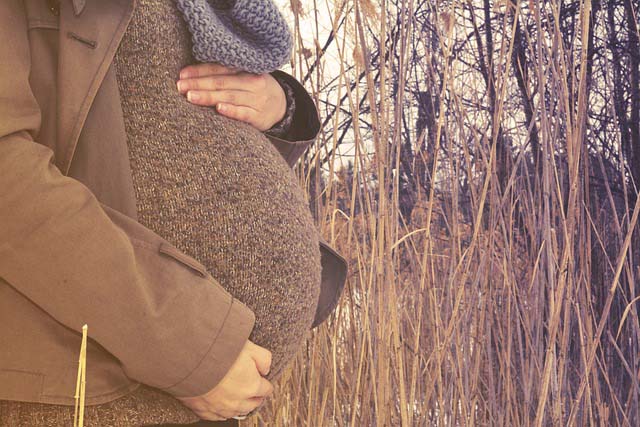A disorder that can trigger abnormally high blood pressure during pregnancy is associated with an increased risk of death in offspring from birth to adulthood, according to a study published by The BMJ .
The findings, based on data from more than two million people in Denmark, show an increased risk of death in the children of mothers with hypertensive disorder of pregnancy (HDP), a group of conditions that include preeclampsia, eclampsia and hypertension which can cause abnormally high blood pressure and other complications in pregnancy.
HDP affects up to 10% of pregnancies worldwide and is a leading cause of illness and death among mothers and their babies.
HDP has also been associated with several conditions in offspring in old age, such as metabolic syndrome (a combination of diabetes, high blood pressure, and obesity), immune diseases, and psychiatric and neurodevelopmental disorders. But HDP evidence on long-term mortality in offspring from birth to adolescence and beyond is lacking.
To address this knowledge gap, researchers set out to examine the association of HDP among mothers with overall and cause-specific mortality in offspring from birth to young adulthood.
Drawing on data from Danish national health registries, they tracked 2.4 million people born in Denmark between 1978 and 2018 from date of birth to date of death, emigration or December 31, 2018, whichever came first. .
Their main outcome of interest was death from any cause ("all-cause mortality"), followed by 13 specific causes of death in offspring from birth to young adulthood, up to age 41 years.
These included deaths from cardiovascular diseases, cancer, mental and behavioral disorders, diseases of the nervous and musculoskeletal systems, and birth defects.
Potentially influential factors were taken into account, including the sex of the offspring and the mother’s age at the time of delivery, as well as the mother’s education level, income, living arrangements, smoking during pregnancy and the medical history.
Of 2,437,718 children included in the analysis, 102,095 (4.2%) were exposed to HDP before birth, including 68,362 (2.8%) exposed to preeclampsia or eclampsia and 33,733 (1.4%) exposed to hypertension.
During an average follow-up period of 19 years , deaths occurred in 781 (59 per 100,000 person-years) children born to mothers with preeclampsia, 17 (134 per 100,000 person-years) born to mothers with eclampsia, 223 (44 per 100,000 person-years) -person) born to mothers with hypertension, and 19,119 (42 per 100,000 person-years) born to mothers without HDP.
The results show that all-cause mortality was higher in children exposed to hypertensive disorder during their mothers’ pregnancy compared to the non-exposed group.
HDP-exposed offspring had a 26% higher risk (55 per 100,000 person-years) of all-cause mortality than unexposed offspring. The associated increased risk of preeclampsia, eclampsia, and hypertension was 29% (59 per 100,000 person-years), 188% (134 per 100,000 person-years), and 12% (44 per 100,000 person-years), respectively.
Children of mothers with severe, early-onset preeclampsia had more than six times the risk of mortality than children of mothers without HDP. A strong association was also observed between children of mothers with HDP and a history of diabetes or low educational level.
Increased risks were also observed for several cause-specific deaths. For example, deaths from digestive diseases and from conditions originating in the perinatal period (during pregnancy or in the first year after birth) more than doubled among offspring exposed to maternal HDP, while deaths from endocrine diseases , nutritional, metabolic and cardiovascular increased more than 50%.
However, the researchers found no significant association between maternal HDP and cancer deaths in offspring.
This is an observational study, so it cannot establish cause, and the researchers acknowledge that they could not rule out the influence of some unmeasured factors, such as smoking, alcohol consumption, poor diet quality, obesity and the sedentary lifestyle in the offspring.
They also note that Denmark has universal health coverage with high-quality health services, which could limit the generalizability of the findings.
However, this was a large, long-term study based on high-quality national health data. The results were also consistent after additional sibling analysis to account for the effect of genetic factors and some unmeasured family factors, suggesting they are robust.
As such, the researchers say this study provides strong evidence that maternal HDP, particularly eclampsia and severe preeclampsia, is associated with an increased risk of overall mortality and several specific causes of mortality in offspring from birth to young adulthood.
More research is needed to examine the underlying physiological mechanisms between maternal HDP and mortality in offspring, they add.
















